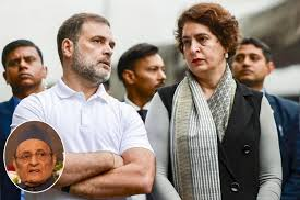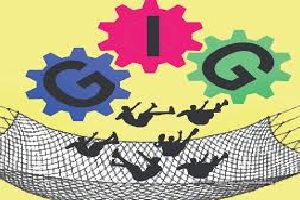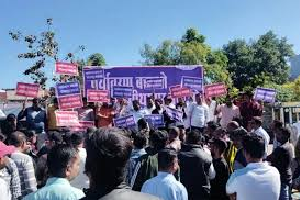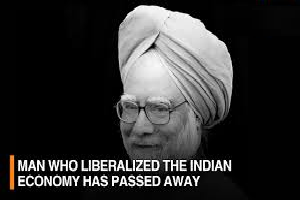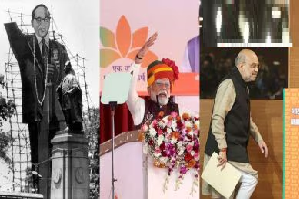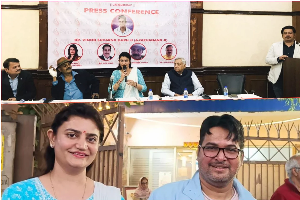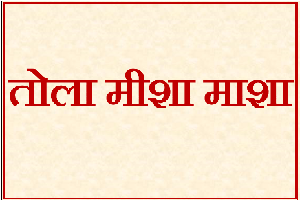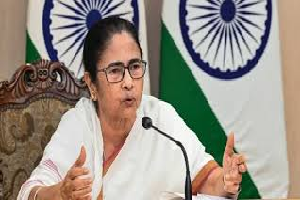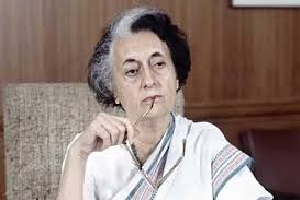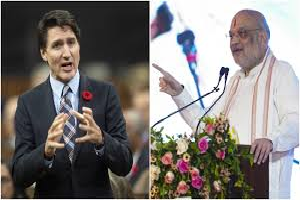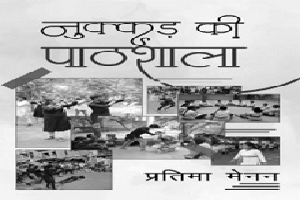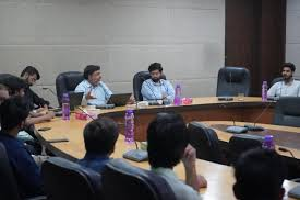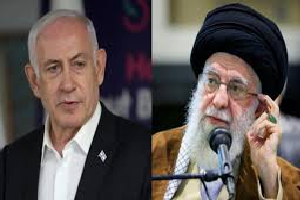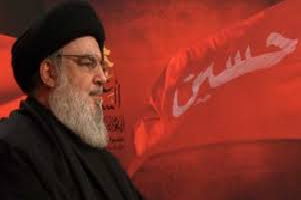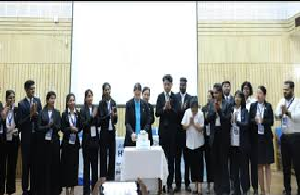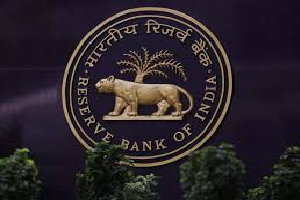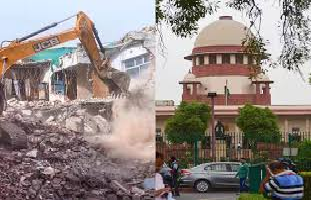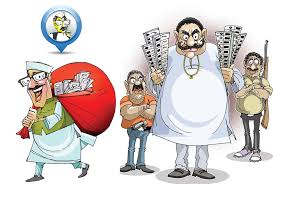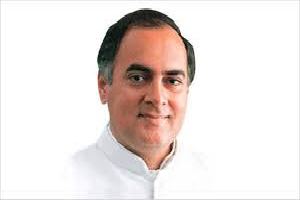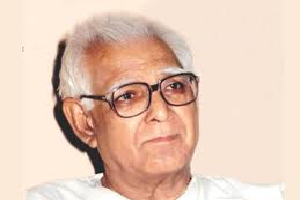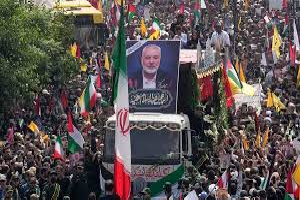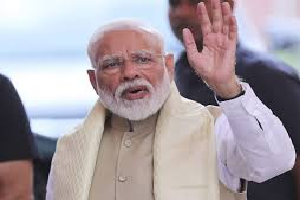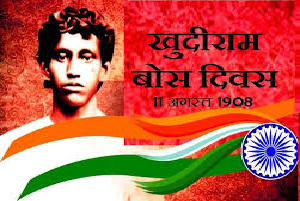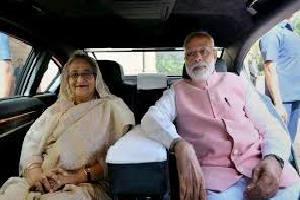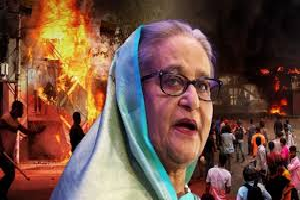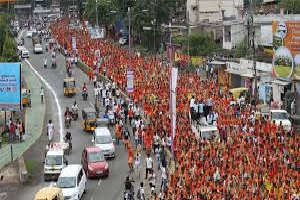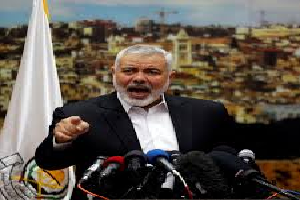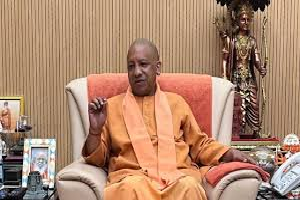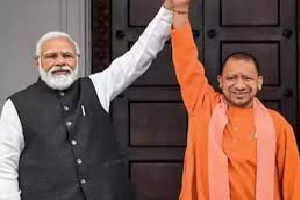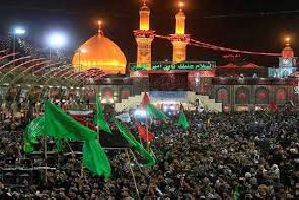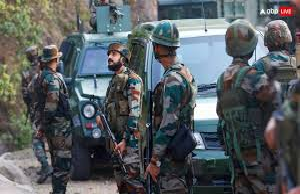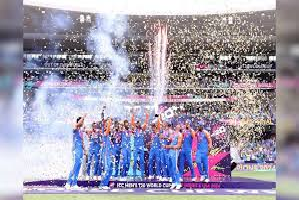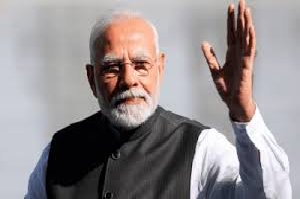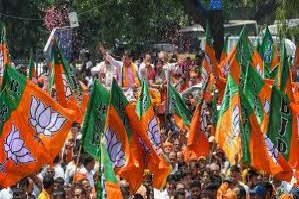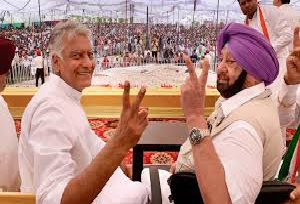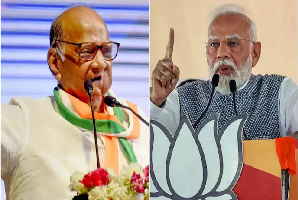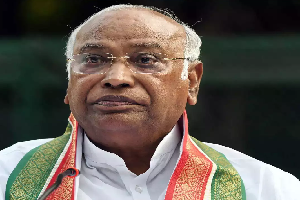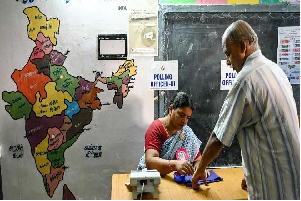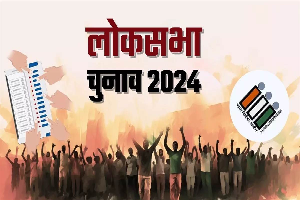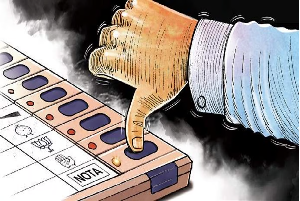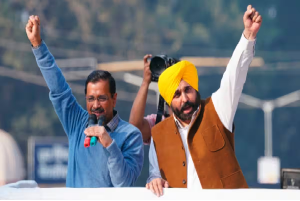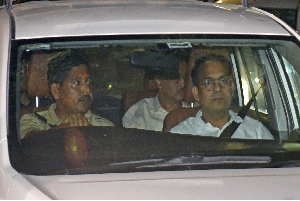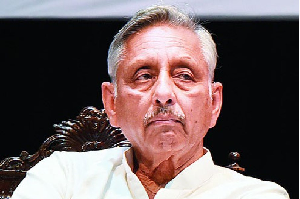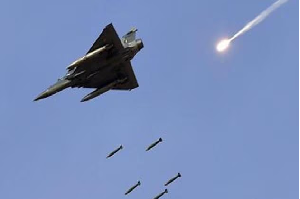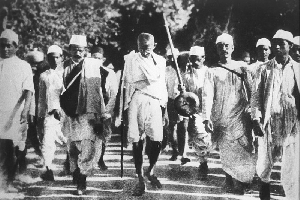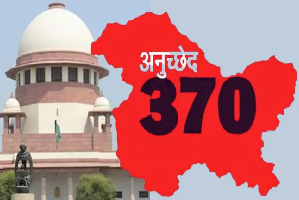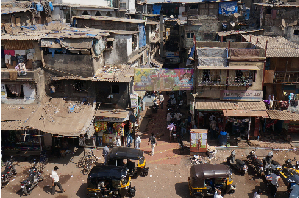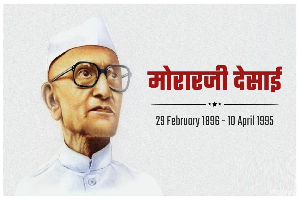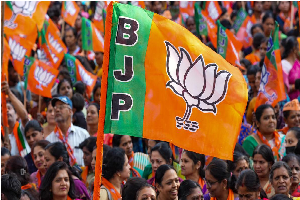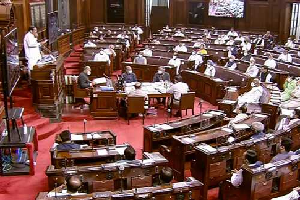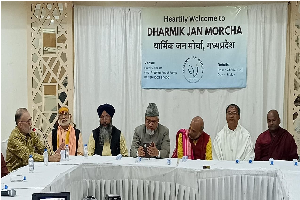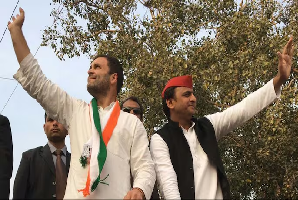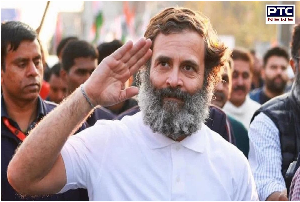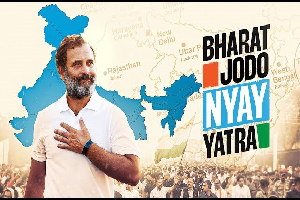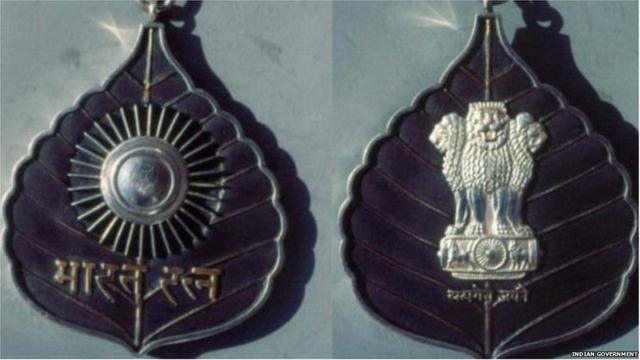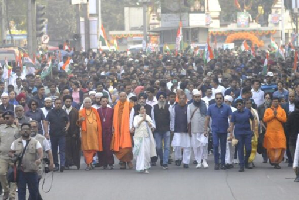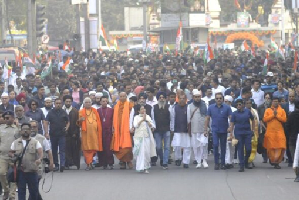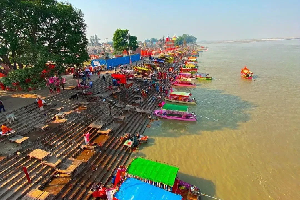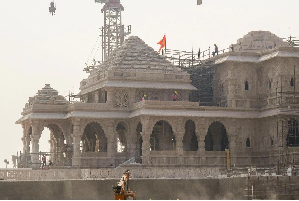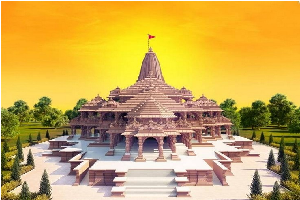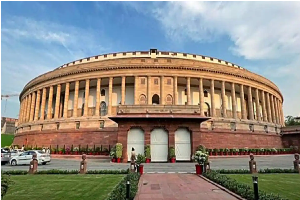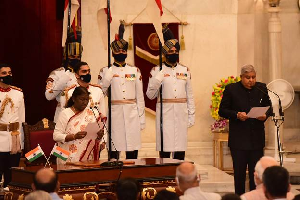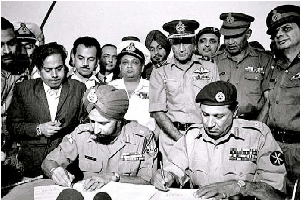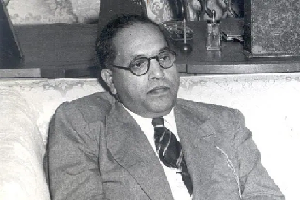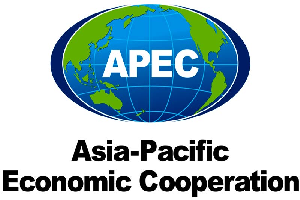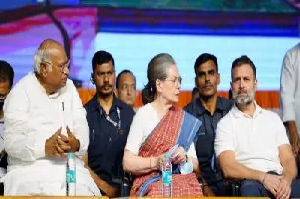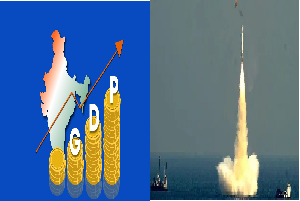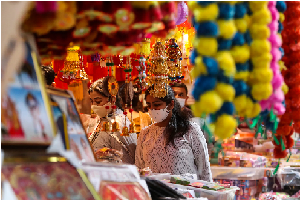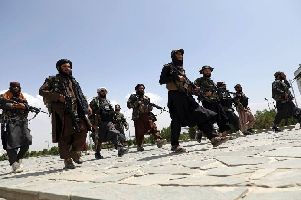4

Prof Shivaji Sarkar
New Delhi | Wednesday | 4 December 2024
The ambitious Mumbai-Ahmedabad Bullet Train project, once a shining symbol of India’s leap into advanced infrastructure, now faces significant hurdles. Delays, escalating costs, and environmental controversies have tarnished its image, turning it into a case study of the challenges of balancing development with sustainability and fiscal prudence.
Approved in December 2015 at an estimated cost of ₹1.08 lakh crore, the high-speed rail project was initially slated for a 2023 launch. However, persistent land acquisition issues, particularly in Maharashtra, coupled with financial constraints, have pushed deadlines further. The revised target now envisions a partial launch between Surat and Bilimora by 2026, with full operations delayed possibly to 2029.
The project's costs have ballooned by ₹15,000 crore, with estimates now exceeding ₹1.23 lakh crore. This steep rise comes at a time when India’s economy grapples with a slowdown, with GDP growth dipping to 5.4% over seven consecutive quarters. Despite efforts by Railways Minister Ashwini Vaishnaw, including outreach to Japan—one of the key investors through the Japan International Cooperation Agency (JICA)—progress remains slow.
Approved in 2015 with a budget of ₹1.08 lakh crore, the project has faced land acquisition issues and financial constraints, pushing its launch to a partial operation by 2026 and full operations possibly until 2029. Costs have surged by ₹15,000 crore, raising total estimates to over ₹1.23 lakh crore amid a slowing economy.
Japan, a key investor, has expressed caution due to missed timelines and environmental guidelines. The project also faces scrutiny over its financial viability, with projected revenues falling short of loan repayment obligations. As the government reevaluates strategies, including potential shifts to indigenous technology, the project remains a critical test of India’s ability to reconcile rapid development with environmental and social sustainability.
Japan, which has provided a substantial low-interest loan for the project, has grown increasingly cautious about its trajectory. Escalating costs, insufficient adherence to environmental norms, and missed timelines have led to diplomatic unease. Japan’s hesitation has forced India to consider alternative suppliers from Europe and explore global tenders, signaling its urgency to salvage the project.
Currency fluctuations add another layer of complexity. The JICA loan, denominated in Japanese Yen (JPY), poses risks tied to exchange rate volatility. A hypothetical appreciation of the Yen from the current 1.86 JPY per rupee to its 2012 rate of 1.4 JPY could increase the loan burden by over ₹52,000 crore, eroding the benefits of low interest rates.
The environmental impact of the project has also drawn sharp criticism. Environmentalists have highlighted the absence of thorough impact assessments and bypassing of public consultations required for such large-scale projects. JICA’s mandated guidelines for "Category A" projects, which address significant social and ecological disruptions, have been reportedly overlooked.
In Gujarat, amendments to land acquisition laws and relaxed environmental clearance norms have compounded these concerns. Activists argue that such policies undermine safeguards meant to protect vulnerable communities and fragile ecosystems. Critics fear that the bullet train project could mirror the controversy surrounding the Tata Mundra Ultra Mega Power Project, another foreign-funded initiative that faced accusations of large-scale environmental damage.
One of the project’s biggest challenges is its financial viability. The annual loan repayment obligation is ₹6,802 crore, while even optimistic revenue estimates fall short. At a proposed one-way fare of ₹3,000—1.5 times the cost of a first-class train ticket—the projected annual revenue of ₹3,920 crore leaves a deficit of nearly ₹2,882 crore. Conservative estimates peg revenue even lower, at ₹2,499 crore, leading to a first-year shortfall of over ₹5,100 crore.
Operating costs, originally estimated at ₹412 crore annually in 2014, are expected to more than double to over ₹800 crore by 2028. Comparatively, Indian Railways earned ₹63,300 crore from all its 13,000 passenger trains in the last fiscal year, while the Delhi Metro, with a daily ridership of 46 lakh, generated only ₹3,088 crore. This raises doubts about the bullet train’s ability to attract sufficient passengers, especially with cheaper alternatives like Vande Bharat and Tejas Express running below capacity.
In response to these challenges, Indian Railways is rethinking key aspects of the project. Indigenous coaches modeled on Vande Bharat trains and locally developed signaling systems may replace the high-cost Japanese Shinkansen technology. While such measures could reduce expenses, they also represent a departure from the original vision of state-of-the-art infrastructure.
The timeline for completion remains uncertain. While the government aims to demonstrate progress before the 2027 Gujarat assembly elections, full operations might not begin until 2029, potentially aligning with the next Lok Sabha elections.
The Mumbai-Ahmedabad Bullet Train is not just an infrastructure project but a litmus test for India’s capacity to manage ambitious foreign-funded ventures. It also reflects broader challenges in balancing rapid development with environmental and social sustainability.
The project's trajectory mirrors trends in Indian infrastructure development, where initial enthusiasm often gives way to logistical, financial, and ecological roadblocks. For instance, foreign-funded initiatives like the Tata Mundra power project have faced similar controversies, highlighting the need for stricter adherence to international social and environmental standards.
Despite its challenges, the bullet train project remains a flagship vision for India’s infrastructure growth. Successfully completing it will require addressing critical issues, from renegotiating loan terms with JICA to implementing sustainable and cost-effective technologies. At the same time, ensuring transparency, public consultation, and environmental compliance is essential to restoring public trust.
As the government strives to make the project financially viable, revising fare structures and improving ridership forecasts will be key. The broader question, however, is whether India can align its infrastructural ambitions with the realities of environmental sustainability, fiscal responsibility, and social inclusivity.
The Mumbai-Ahmedabad Bullet Train could still become a landmark achievement, but only if lessons are learned and applied. As the countdown to 2029 begins, this high-speed rail project embodies not just a leap in infrastructure but a test of India’s ability to balance progress with responsibility.
**************


























































































































































































































































